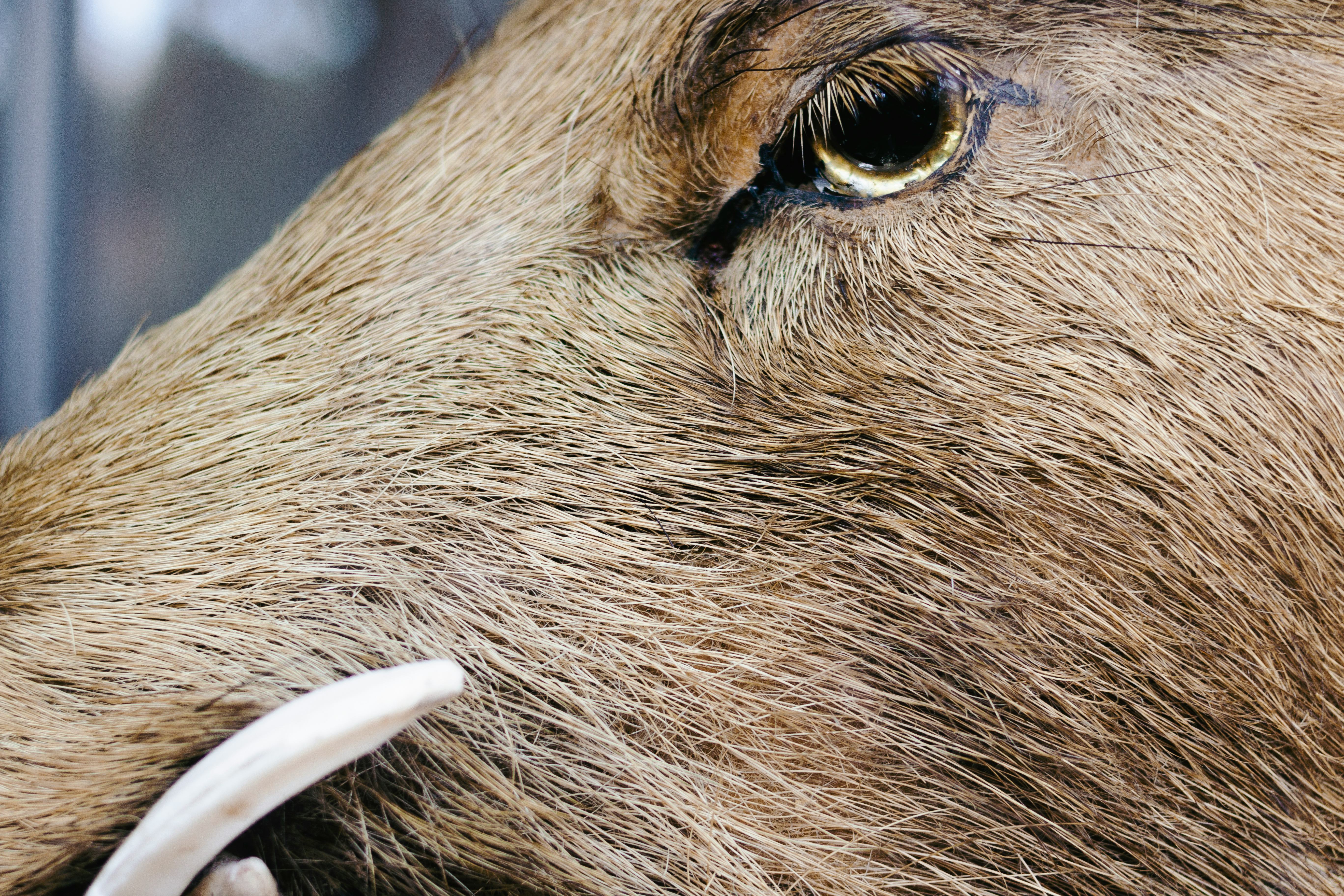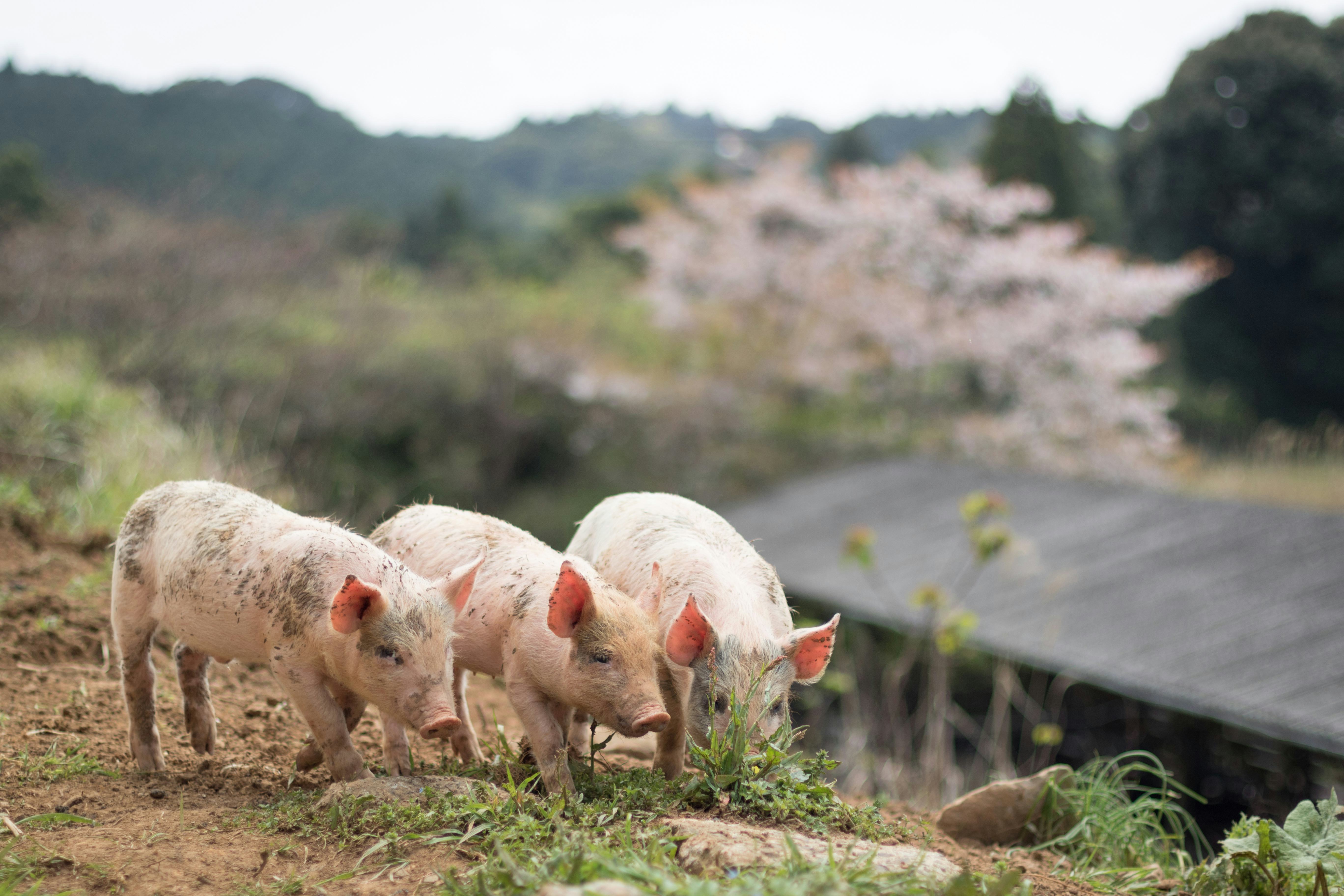
March 11, 2011: A trio of disasters hit Japan like dominoes falling in Hell. The nation’s largest recorded earthquake (magnitude of 9.0) triggered a devastating tsunami, which in turn triggered an accident at a nuclear reactor in Fukushima. The accident led 164,000 residents within a 20-kilometer radius of the reactor to be evacuated — including a few pig farmers who left their livestock behind. But the pigs didn’t all perish.
The discovery —In the wake of the disaster, a boar-pig hybrid arose in Fukushima. To be clear: These hybrids are not a result of nuclear exposure; they are the direct consequence of abandoned pigs going hog wild. We don’t yet know how long these mutant hugs will continue to thrive, but we do know a little more about how they came to be thanks to research published earlier this year in the journal Proceedings of the Royal Society B.
“While humans cannot return, wildlife did return and even thrived in this human abandoned landscape,” co-author Donovan Anderson, a Ph.D. student at Fukushima University, told Inverse at the time.
INVERSE is counting down the 20 science discoveries that made us say “WTF” in 2021. This is #6. See the full list here.
What happened at Fukushima — After the human catastrophe, wild boars came from nearby hills and moved into evacuated towns. These boars may have been “relatively radioactive,” according to some scientists. Humans tried to expunge them, but nonetheless, some managed to mate with abandoned domestic pigs.

Anderson and his team analyzed muscle samples from 243 wild boars, pigs, and the boar-pig hybrids living within 20 kilometers of the nuclear reactor site and as far as 40 kilometers away. Results yielded that 31 of hogs — 16 percent — are hybrids of domestic, abandoned swine, and pure wild boar. Most of the hogs remained within 20 kilometers of the nuclear reactor site — only one female was found outside of that radius.
Is this a new species? — The hybrid isn’t yet established enough to be thought of as a new species. Boars with pig ancestry have only about 8 percent pig DNA. And their offspring don’t even get the added benefit of increased genetic diversity to help stave off disease it seems.
But, Anderson says the boars’ natural resilience may have helped the hybrids survive.
Little by little, the pig DNA will vanish from each new generation of boar-pig hybrids until there are no more left of their kind — it is very unlikely boar-pig hybrids will breed with only boar-pig hybrids, after all.
Perhaps in the future humans will have reasserted their presence throughout Fukushima, banning the boars back to the wild. But the tale is a reminder of how nature can persevere even where humans cannot — even creating new species altogether.
INVERSE is counting down the 20 science discoveries that made us say “WTF” in 2021. This is #6. Read the original story here.







